Lockheed Martin SR-91 AuroraA hypersonic reconnaissance aircraft which replaced the Lockheed Martin SR-71 Blackbird. The Aurora was capable of speeds of up to Mach 7 and altitudes of 200,000 feet. It had a crew of two, a pilot and a reconnaissance systems operator, and was powered by liquid hydrogen-fuelled pulse detonation wave engines. All details regarding the construction and operation of the Aurora were top secret, and the existence of the aircraft has never been officially acknowledged by the US government. Only a single wing of Auroras exists, flying out of Groom Lake at Nellis AFB, Nevada.
North American B-70 ValkyrieA long-range supersonic deep penetration bomber operated by USAF from 1973, the B-70 was powered by six YJ93 turbojets, giving it a maximum speed of 2,065 mph (Mach 3.1), a ceiling of 77,350 feet, and a range of 4,200 miles. It had a crew of two and could carry both nuclear bombs and missiles.
North American F-108 RapierA long-range supersonic interceptor, which entered service with USAF in 1968 after more than a decade of development. Armed primarily with three AAM missiles, the Rapier was capable of reaching speeds of 1,980 mph (Mach 3 approx) and an altitude of 80,000 feet. It had a range of 1,270 miles, a crew of two, and was powered by a pair of YJ93 turbojets, each delivering an afterburning thrust of 29,300 lbs each.
Project PhoebusWith the original order of fifteen Saturn V launch vehicles assigned, NASA needed additional ones in order to meet its published mission schedule. But at $6.5 billion for those fifteen, and interest already waning in missions to the Moon, Congress was unwilling to sign off on the budget. The Pentagon, however, annoyed at having had both its X-20 Dyna-Soar and MOL programmes cancelled, stepped in and offered a deal: in return for access to Apollo technology, they would pay for additional Saturn Vs and 1Bs. By 1975, USAF had already spent almost $600 million on the SLC-6 launch facility at Vandenberg AFB and was looking to launch manned missions from there. As a result, a second order of ten Saturn Vs was placed, paid for entirely out of the Defence budget and with six of them going to USAF. Additional Saturn 1B’s were also ordered, chiefly in order to service Space Station Freedom (and the Sentinel modules). The militarized version of Apollo was soon dubbed “Phoebus”, and the name stuck. By 1982, Vandenberg boasted three launch complexes, and was running four missions a year, these culminating in the supply runs to Falcon Base on the Moon. The Phoebus spacecraft were identical in all respects to the Apollo spacecraft, although some improvements were added over time, leading to the Block-V CSM capable of carrying five crew and the Augmented LM which could carry a crew of four to and from the lunar surface.
Saturn 1BA launch vehicle commissioned and operated by NASA, it first flew in February 1966 and was capable of lifting 46,000 lb into LEO. The Saturn 1B was a two-stage rocket, standing 141.6 ft tall and weighing 1,300,220 lb without payload. The first stage was powered by eight H-1 engines, developing a total thrust of 1,600,000 lbf. The second stage comprised a single J-2 engine with a thrust of 200,000 lbf.
Saturn VThe most powerful human-rated launch vehicle ever built and flown, capable of lifting 262,000 lb to LEO or 100,000 lb to the Moon. The Saturn V had three stages, stood 363 ft tall, and weighed 6,699,000 lb. The first stage was powered by five F-1 engines developing a combined thrust of 7,648,000 lbf, the second stage had five J-2 rocket engines for a total of 1,000,000 lbf, and the third stage comprised a single J-2 of 225,000 lbf thrust. The Saturn V first launched in 1967, and flew without accident or mishap throughout the following two decades.
Space Station FreedomIn 1978, President Carter announced plans to build a space station in Low Earth Orbit, stating, “We can follow our dreams to distant stars, living and working in space for peaceful economic and scientific gain”. Despite the achievements of exploration further afield, it was the need for a permanently-manned foothold in orbit which prompted the desire for a space station. The Soviets had no presence in LEO, and the US was determined to take and keep the high ground. It was not until 1980 that the first modules in what became Space Station Freedom were launched. Maintaining an impressive schedule of alternating Saturn 1B and Saturn V launches every eight weeks, NASA managed to have the basic configuration of the station in place by mid-1981. During the rest of the decade, Freedom was extended overtly by NASA and covertly by USAF. A typical tour on Space Station Freedom lasted approximately six months, with a permanent crew of four (plus two “undeclared” in Sentinel), and room for an additional four short-stay visitors. Despite the expense of the station, it did not prove as scientifically useful as had been hoped, and once NASA plans for a mission to Mars had been scrapped its military role began to expand.
SentinelPlans for a space station partly funded and built by international partners were never going to be politically acceptable, and so NASA was forced to compromise and accept funds — and an agenda — from the US military. As a result, an additional two modules, referred to as Project Sentinel, were built and added to Space Station Freedom. The Sentinel modules did little that a satellite could not have done, but the Pentagon saw them more as an excuse for a military presence in LEO than having any significant early warning capacity.
SoyuzA Soviet spacecraft, it replaced the Voskhod in 1967. It comprised three modules: a spherical re-entry module, a cylindrical service module, and between them a spheroid orbital module. It initially carried a crew of two, but a new model introduced in 1980 increased this to three cosmonauts. A typical Soyuz could provide life support for its crew for 30 days.
Sukhoi T-4 ‘Blowtorch’A supersonic strategic bomber built by the USSR in direct response to the USA’s North American B-70 Valkyrie. The T-4, given the reporting name ‘Blowtorch’ by NATO, was capable of Mach 3, altitudes of 65,000 feet and had a range of 4,300 miles. It carried a crew of two and was powered by four Kolesov RD-36-41 turbofans, generating an afterburning thrust of 35,000 lbs each.
TKSA Soviet military spacecraft designed to fly alongside Soyuz, it used a conical capsule similar in shape to the Apollo Command Module. It comprised two modules: a manned crew return capsule and a functional cargo block. The TKS carried a crew of three, although the crew return capsule was only occupied during launch and re-entry.
_Bean, Alan: APOLLO: AN EYEWITNESS ACCOUNT (1998, The Greenwich Workshop Press, ISBN 0-86713-050-4)
_Buttler, Tony: AMERICAN SECRET PROJECTS: FIGHTERS AND INTERCEPTORS 1945–1978 (2007, Midland Publishing, ISBN 978-1-85780-264-1)
_Buttler, Tony, and Yefim Gordon: SOVIET SECRET PROJECTS: BOMBERS SINCE 1945 (2006, Midland Publishing, ISBN 978-1-85780-194-1)
_Carson, Don, and Lou Drendel: No. 15: F-106 DELTA DART IN ACTION (1974, Squadron/Signal, no ISBN)
_Cook, Nick: THE HUNT FOR ZERO POINT (2001, Century, ISBN 0-7126-6953-1)
_Cowen, Mark, director: MAGNIFICENT DESOLATION: WALKING ON THE MOON (2005, HBO Home Video DVD)
_Davis, Larry: No. 199: F-102A DELTA DAGGER IN ACTION (2005, Squadron/Signal, ISBN 0-89747-494-5)
_Donald, David: TUPOLEV BOMBERS (2002, AIRtime Publishing, ISBN 1-880588-62-5)
_Farrell, Joseph P: THE SS BROTHERHOOD OF THE BELL (2006, Adventures Unlimited Press, ISBN 1-931882-61-4)
_Ginter, Steve: NAVAL FIGHTERS No. 64: A-5A / RA-5C VIGILANTE (2005, Steve Ginter, ISBN 0-942612-64-7)
Читать дальше
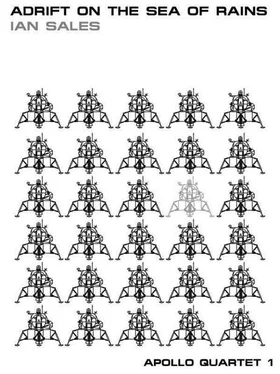
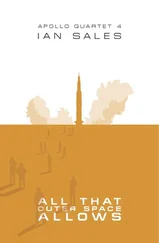
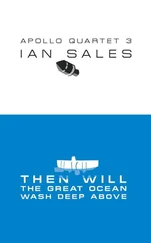
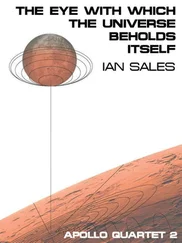
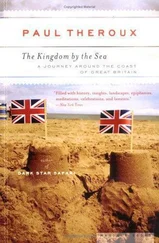

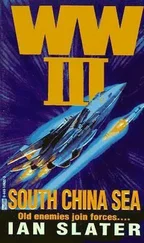
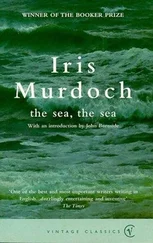
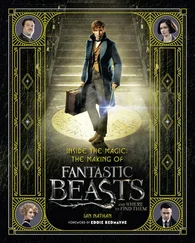


![Edward Ellis - Adrift on the Pacific - A Boys [sic] Story of the Sea and its Perils](/books/753342/edward-ellis-adrift-on-the-pacific-a-boys-sic-s-thumb.webp)
